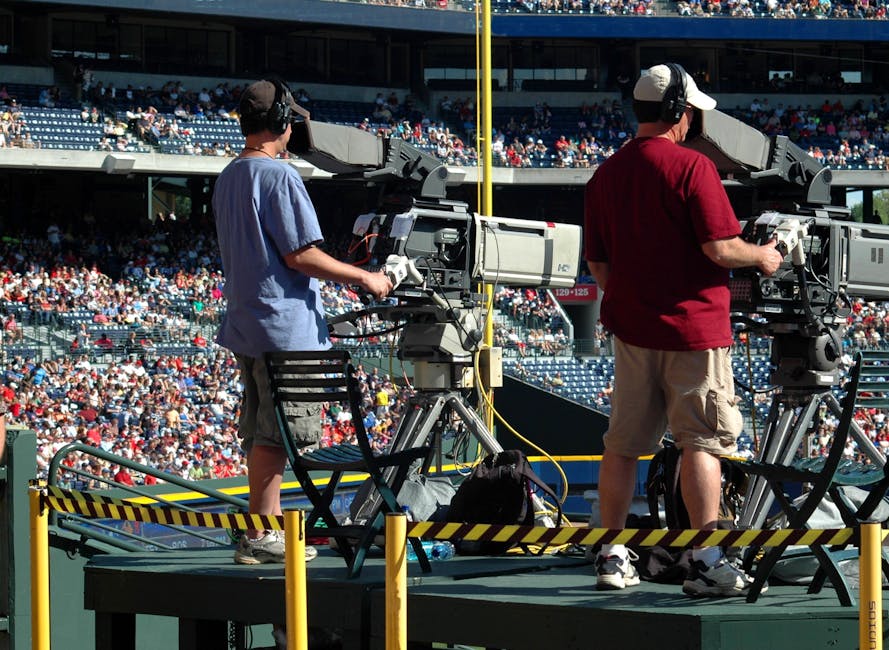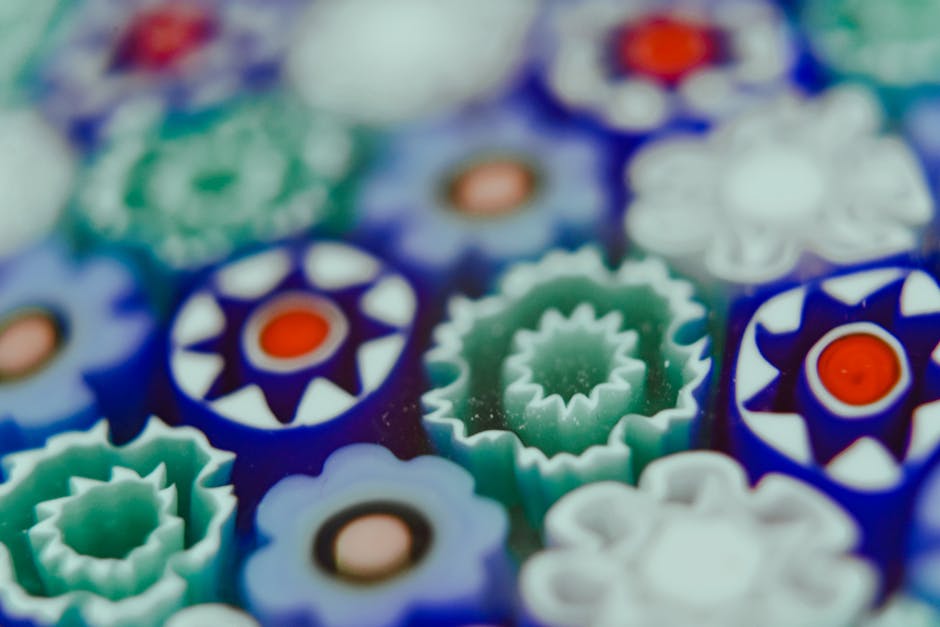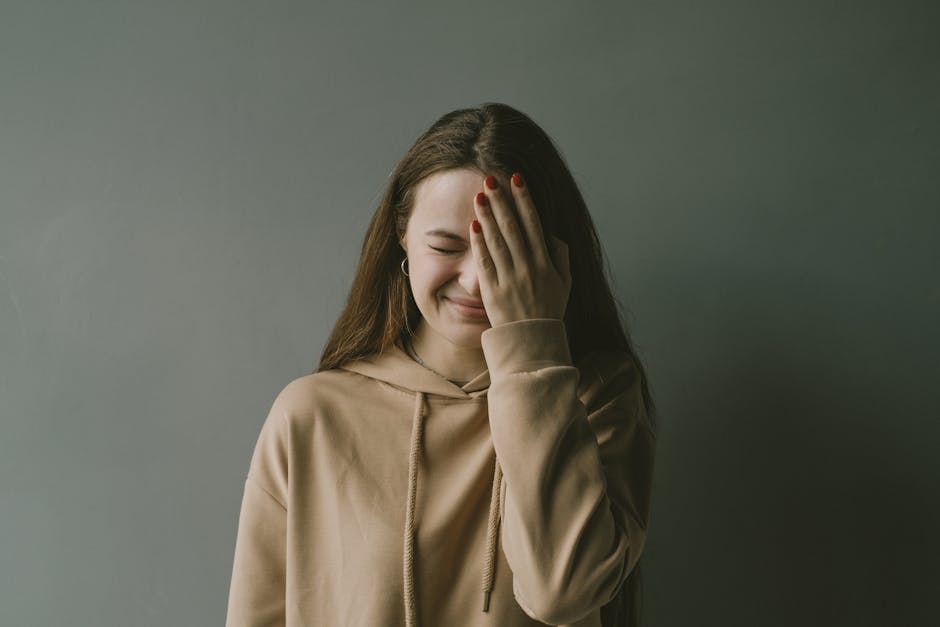Capturing the Buzz: A Guide to Live Event Photography
Are you ready to immerse yourself in the electrifying world of live event photography?
Get ready to capture the buzz and excitement as you step behind the lens. This guide is your ticket to mastering the art of capturing those unforgettable moments in a way that truly brings them to life.
From understanding the basics to tackling lighting challenges, we’ll equip you with the essential tips and techniques you need to take your live event photography to the next level.
Let’s dive in and start capturing those breathtaking shots!
Key Takeaways
- Quality camera with fast shutter speed and good low-light capabilities is essential for live event photography.
- Experiment with angles, perspectives, and composition techniques to enhance the essence of the event.
- Use a fast shutter speed and anticipate the action to capture dynamic and energetic action shots.
- Blend into the crowd, focus on people’s faces, and use a longer lens to capture candid moments and genuine emotions.
Understanding Live Event Photography Basics

To get started with live event photography, you need just three essential tools. These tools will help you capture the energy and excitement of any event.
First and foremost, you need a quality camera. Look for one with a fast shutter speed and good low-light capabilities. This will allow you to capture crisp, clear images even in challenging lighting situations.
Secondly, invest in a versatile lens. A zoom lens with a wide aperture will give you the flexibility to capture a variety of shots, from wide-angle crowd shots to close-up portraits.
Lastly, don’t forget a sturdy tripod. This will ensure your camera stays steady, especially in low-light conditions where longer exposure times are necessary.
When it comes to live event photography techniques, there are a few tips that can help you capture those memorable moments.
First, always be aware of your surroundings. Pay attention to the crowd and their interactions. Look for candid moments of laughter, excitement, or even quiet contemplation. These interactions can tell a story and add depth to your photos.
Second, experiment with different angles and perspectives. Get down low to capture a unique viewpoint or shoot from above to showcase the scale of the event.
Lastly, don’t be afraid to use burst mode. This allows you to capture a series of shots in quick succession, increasing your chances of getting the perfect moment.
Essential Equipment for Live Event Photography

When it comes to capturing the buzz and excitement of live events, having the right equipment is essential. To ensure that you’re fully prepared to tackle the challenges of live event photography, here are the essential pieces of equipment you should have in your arsenal:
-
Camera with High ISO Capability: Live events often take place in low light conditions, so having a camera that can handle high ISO settings is crucial. This will allow you to capture sharp and noise-free images even in dimly lit venues.
-
Fast Prime Lens: A fast prime lens with a wide aperture is a must-have for live event photography. It will enable you to shoot in low light situations and create beautiful bokeh. Consider investing in a lens with a focal length suitable for the type of events you plan to shoot.
-
Telephoto Lens: A telephoto lens is essential for capturing distant subjects and close-up shots of performers or speakers on stage. It allows you to get up close and personal, even from a distance.
-
External Flash: While natural lighting is preferred, there may be instances where you need to use flash. An external flash will give you more control over the lighting and help illuminate your subjects in dark environments.
Having the right equipment is just the first step to successful live event photography. Once you have the gear, the next section will guide you through mastering composition and framing techniques to truly capture the essence of the event.
Mastering Composition and Framing Techniques

One important aspect of live event photography is mastering composition and framing techniques. This allows you to capture the essence of the event in a visually compelling way. When shooting in low light situations, it’s crucial to pay attention to how you frame your shots. Look for interesting angles and perspectives that can add depth and drama to your images. Experiment with different compositions, such as leading lines or the rule of thirds, to create visually pleasing and dynamic photos.
To make the most of low light conditions, consider using the available light creatively. Look for sources of light, such as stage lighting or spotlights, and use them to your advantage. Play with shadows and highlights to add depth and texture to your photos. Don’t be afraid to push the boundaries and try unconventional angles. Get down low to capture unique perspectives or shoot from above to give a different view of the scene.
Remember that composition and framing aren’t just about capturing the subject, but also about telling a story. Pay attention to the background and foreground, ensuring that they complement the main subject and add interest to the overall image.
In the next section, we’ll discuss tips for capturing the energy of live events through action shots. By mastering composition and framing techniques, you’ll be well-prepared to capture the excitement and vibrancy of the event.
Capturing the Energy: Tips for Shooting Action Shots

Capture the energy of live events by employing dynamic shooting techniques for action shots. When it comes to capturing movement and freezing motion, there are a few key tips that can help you achieve stunning action shots:
-
Use a fast shutter speed: To freeze the action, set your camera to a high shutter speed. This will ensure that the subject is sharp and clear, even in fast-paced moments.
-
Anticipate the action: Getting the perfect action shot often requires predicting the movement. Learn to anticipate the action by observing the event and understanding the patterns and timing.
-
Experiment with angles: Play around with different angles to add depth and dynamism to your action shots. Get low to the ground for a unique perspective or try shooting from above to capture the full range of movement.
-
Focus on the eyes: When shooting action shots involving people or animals, make sure to focus on their eyes. This will bring a sense of connexion and intensity to your photographs.
By following these tips, you’ll be able to capture the energy and excitement of live events through stunning action shots.
Transitioning into the next section, let’s explore the art of candid moments and how to capture emotion and authenticity.
The Art of Candid Moments: Capturing Emotion and Authenticity

To continue capturing the energy and excitement of live events, a crucial aspect of live event photography is mastering the art of candid moments – capturing the raw emotion and authenticity of the event. These spontaneous reactions and genuine expressions are what make candid shots so powerful. They allow you to tell a story through your images, capturing the essence of the event and the emotions of the people present.
To capture these candid moments effectively, it’s important to blend into the crowd and become almost invisible. This means avoiding any unnecessary attention or disruption that might alter the authenticity of the scene. Move around the event space quietly and discreetly, observing and anticipating moments that are worth capturing.
To truly capture the emotion and authenticity of the event, focus on people’s faces. Facial expressions can convey a wide range of emotions, from joy and excitement to surprise and awe. Be ready to click the shutter at the right moment, freezing these genuine reactions in time.
Another technique to enhance the authenticity of your candid shots is to use a longer lens. This will allow you to maintain some distance while still capturing intimate moments. The longer focal length will also help to blur the background, drawing more attention to the subject and their emotions.
Managing Lighting Challenges in Live Event Photography

To effectively capture the buzz of a live event, you’ll need to navigate and overcome the challenges presented by varying lighting conditions. Whether you’re shooting in low light or dealing with harsh spotlights, managing lighting challenges is crucial for capturing stunning live event photos. Here are some tips to help you master the art of lighting in live event photography:
-
Understand the venue: Familiarise yourself with the lighting conditions of the venue beforehand. Take note of any dimly lit areas or areas with intense spotlights so that you can plan your shots accordingly.
-
Use available light creatively: Embrace the existing light sources in the venue and use them to your advantage. Experiment with different angles and compositions to capture unique and atmospheric shots.
-
Employ flash techniques: In low light situations, using a flash can help you illuminate your subjects. However, avoid direct flash as it can create harsh shadows and wash out colours. Instead, try bouncing the flash off ceilings or walls to create a softer and more natural-looking light.
-
Balance ambient light and flash: To maintain the ambience of the event, balance the use of ambient light with flash. This will help you capture the atmosphere while still providing enough light for your subjects.
By mastering these lighting techniques, you’ll be able to capture the energy and excitement of live events.
Transitioning now into the subsequent section about ‘post-processing tips for stunning live event photos’, let’s explore how you can enhance your shots even further.
Post-Processing Tips for Stunning Live Event Photos

Enhance the energy and excitement of your live event photos with these post-processing tips.
After capturing the buzz of the live event, it’s time to bring out the true vibrancy and balance in your photos through post-production. One important aspect of post-processing is enhancing colours.
To make your photos pop, experiment with techniques like saturation adjustment, selective colour enhancement, and colour grading. Saturation adjustment allows you to boost the intensity of the colours, making them more vibrant and eye-catching. Selective colour enhancement allows you to bring out specific colours in your photos, making them stand out against the rest. Colour grading, on the other hand, can give your photos a unique and cohesive look by adjusting the overall colour palette.
Another crucial aspect of post-processing is balancing exposure. Correcting lighting in post-production can make a significant difference in the final result of your live event photos.
To balance exposure, use tools like brightness, contrast, and shadow/highlight adjustments. Adjusting the brightness can help make your photos look more vibrant and lively. Contrast adjustment can enhance the overall dynamic range, adding depth and dimension to your images. Shadow/highlight adjustments allow you to recover details in the shadows and highlights, ensuring that no important elements are lost in the final image.
Conclusion
So there you have it, a guide to capturing the buzz of live event photography. Remember to always come prepared with the right equipment and master your composition and framing techniques.
Don’t be afraid to get in the midst of the action for those exciting action shots, and keep an eye out for those candid moments that truly capture the emotion and authenticity of the event.
With practise and the right lighting techniques, you can create stunning live event photos that will leave a lasting impression. In fact, did you know that 90% of event photographers believe that capturing authentic moments is the most important aspect of their work?
Contact us to discuss our services now!
